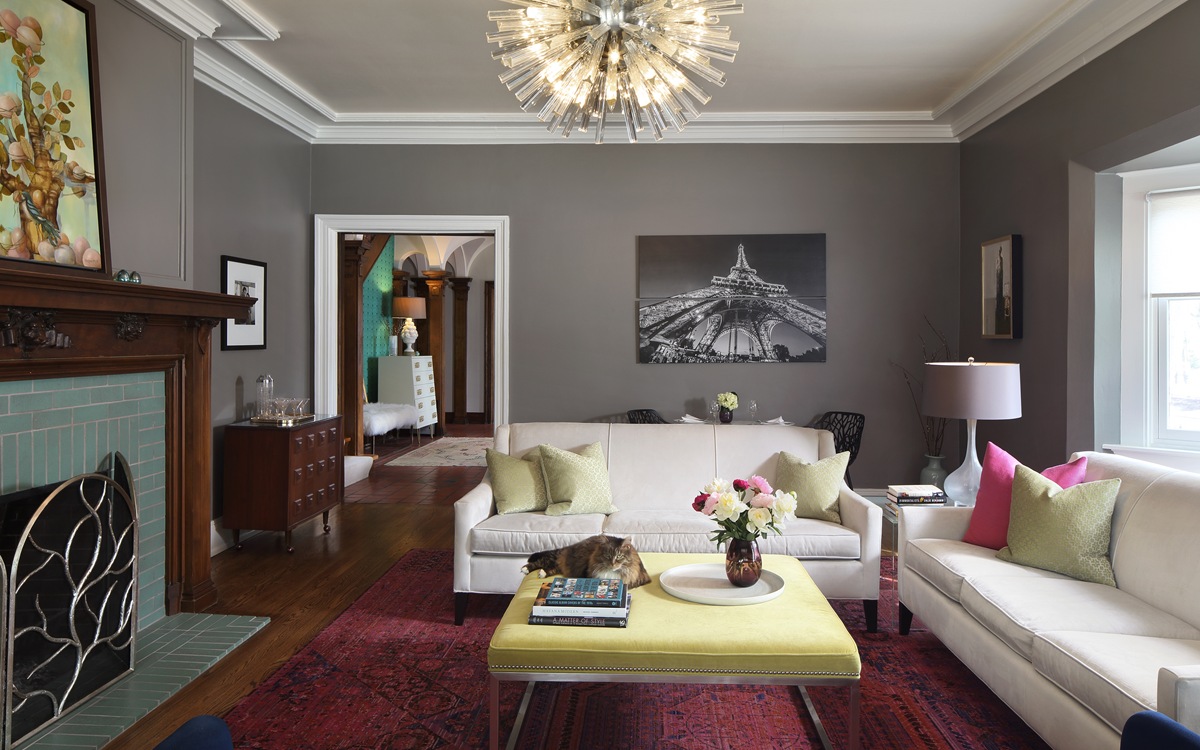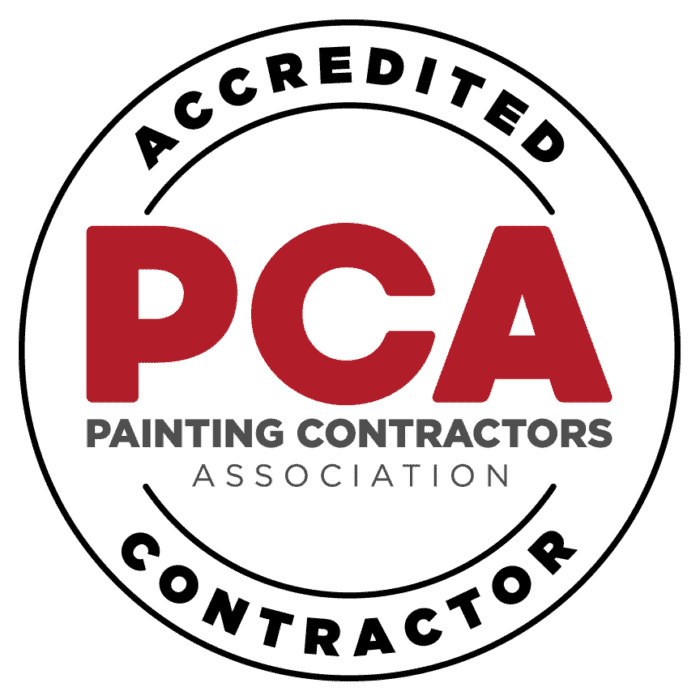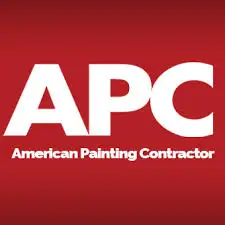Ever walk into a freshly painted room and think, “Wait… is that a streak?” You’re not imagining it. Uneven paint coverage happens more often than you’d think. If you’ve hired interior house painters and still ended up with blotchy walls or roller marks, you’re not the only one to deal with this. And if you’ve typed how to fix uneven paint coverage into Google at 11 p.m., trust us. We get it.
Key Takeaways:

Uneven Paint Coverage is More Common Than You Think
You’re not being picky — uneven paint really is a problem. It makes your space look sloppy, even if the color is right. Maybe you’ve noticed roller marks that catch the light, or darker patches where the paint didn’t cover fully. Maybe the edges look streaky. It’s distracting, and it devalues your home.
Why Does This Happen?
There are a few common culprits behind uneven paint coverage:
- Skipping Surface Prep: Paint doesn’t adhere well to dirty or glossy surfaces.
- Low-Quality Paint: Cheaper paint doesn’t cover well and requires more coats.
- Wrong Tools: Using the wrong roller nap or brush size leads to streaks.
- Poor Technique: Rushing, skipping coats, or not using a wet edge causes unevenness.
- Humidity or Temperature Issues: Paint reacts poorly to certain conditions.
Bad Paint Work Doesn’t Just Look Bad
Sure, you could try fixing it yourself. But if you’re not careful, you could make it worse. Repainting means more time, more money, and a whole lot of frustration. For homeowners who take pride in their space, a bad painting project is more than cosmetic — it’s personal.
Worse yet, poor paint coverage can lead to premature peeling, bubbling, or flaking. That means even more expensive fixes down the line. And if you’re preparing to sell your home? Uneven paint can be a dealbreaker.
What Experienced Interior House Painters Know
We get it. You want walls that look flawless in every light. That’s where professional interior house painters come in. But not all painters are created equal. Experience, process, and attention to detail make all the difference.
Here’s How We Prevent Uneven Paint Coverage Every Time:
1. Comprehensive Surface Prep
We clean, sand, and prime surfaces so paint has a perfect base to stick to. Glossy finishes? We degloss. Cracks or nail holes? We patch and smooth. Skipping this step is the #1 reason DIY jobs fail.
2. Quality Paint Selection
We never cut corners with cheap paint. We use high-quality, proven brands that offer rich pigment and even coverage. This ensures color consistency and fewer coats.
3. Using the Right Tools for the Job
Different surfaces require different tools. We use the correct roller nap, high-end brushes, and precision tape to avoid streaks and ensure sharp lines.
4. Cutting In and Rolling Techniques
We use a “wet edge” technique that blends each stroke seamlessly into the next. This avoids lap marks, which are one of the biggest culprits of uneven paint coverage.
5. Controlled Environment
Paint performs best in a specific temperature and humidity range. We monitor conditions to avoid problems like bubbling, running, or patchy drying.
6. Inspection and Touch-Up
Before we call a job done, we inspect every wall in natural and artificial lighting. Any imperfection is addressed immediately.

Common DIY Mistakes That Cause Uneven Paint
Want to try painting yourself? That’s great — just avoid these mistakes:
Without primer, dark or uneven areas can show through the top coat, making the painting project look blotchy.
A dry roller creates overlap marks, known as “lap marks,” that result in an uneven appearance.
These conditions can cause paint to dry too slowly or too quickly, affecting how it levels and adheres to the surface.
One coat rarely provides full coverage. Skipping the second coat often leaves thin or see-through areas.
Low-quality tools don’t hold paint well, leading to streaks, drips, and inconsistent texture.
Rushing causes missed spots, while going too slow means sections dry before they can blend, both resulting in patchiness.
How to Fix Uneven Paint Coverage (If It Already Happened)
Okay, so your painting project didn’t go as planned. Here’s how to fix it:
- Identify the Problem Areas: Use natural light to spot patches, streaks, or sheen differences.
- Sand Lightly: Feather the edges of uneven areas with a sanding sponge.
- Clean the Surface: Dust, dirt, or grease will stop the new paint from sticking.
- Prime if Needed: Especially over sanded or repaired spots.
- Repaint With a Wet Edge: Overlap each stroke while the previous one is still wet.
- Use Two Coats: Don’t rush it. Let the first coat dry completely.
Sometimes, though, it’s best to just call in the pros.
Why Homeowners Trust Us
We know how much your home matters to you. That’s why we treat every room like it’s our own. No rushed jobs. No surprises. Just clean lines, smooth walls, and professional finishes you’ll love coming home to.
When you work with Colorwheel Painting, you get:
Ready for a Flawless Finish?
Don’t live with patchy walls or stress about fixing a DIY disaster. Get the quality you deserve with professional interior house painters who care. Call Colorwheel Painting today at 262-999-0507 for a free estimate and experience the difference.








